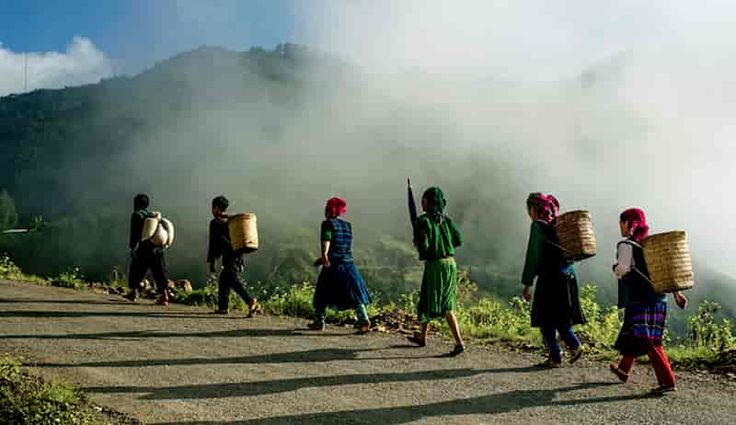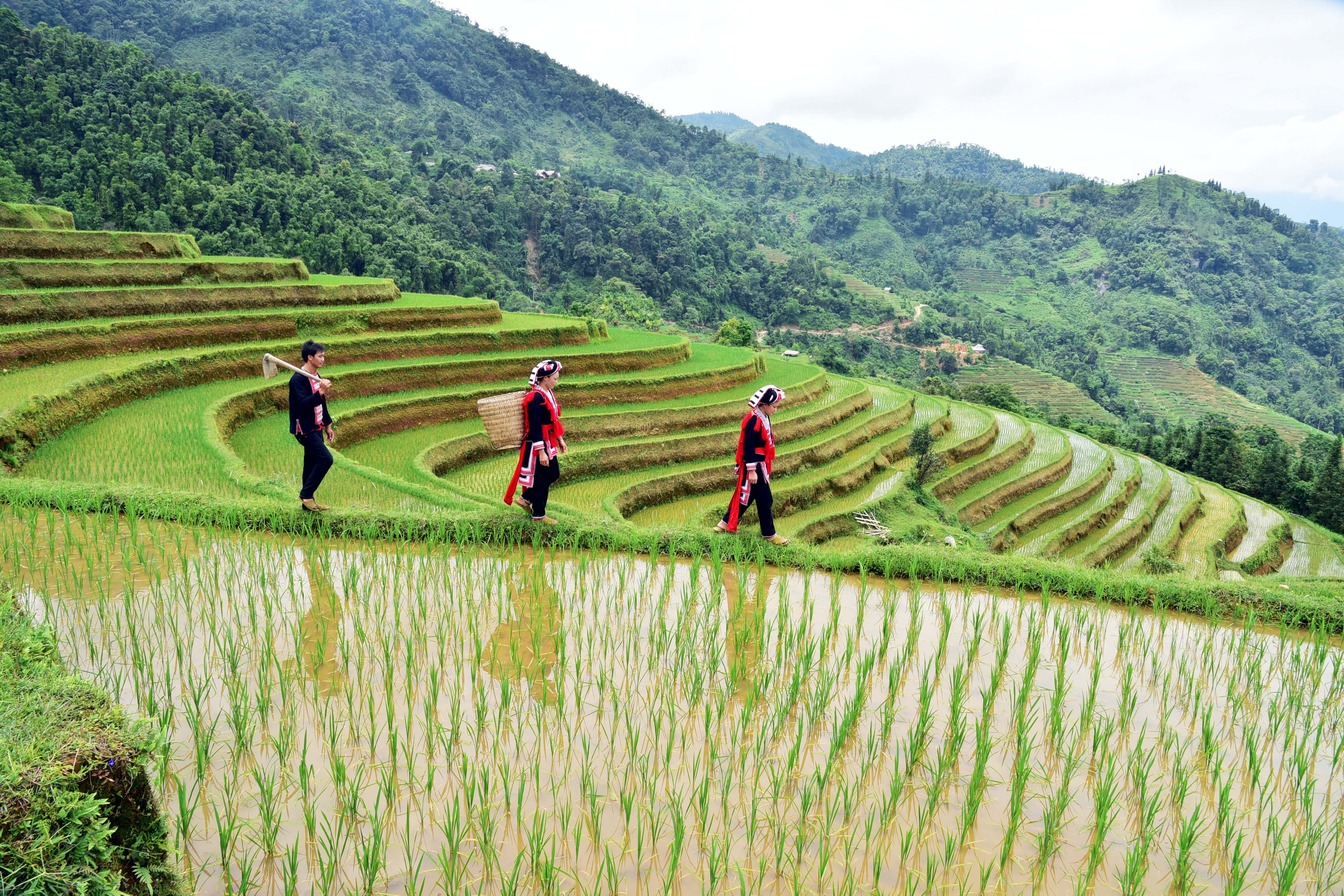Located in Vietnam’s remote northern mountains, Ha Giang is known not only for its majestic landscapes but also for its rich and diverse cuisine. The province is home to more than 20 ethnic groups, each contributing its own cooking traditions, ingredients, and flavors.
Ha Giang cuisine reflects the simplicity, creativity, and warmth of its people - dishes made from local ingredients, cooked over wood fires, and shared among families and travelers alike. If you are planning to explore the Ha Giang Loop, take the time to savor the authentic tastes that define this beautiful highland region.
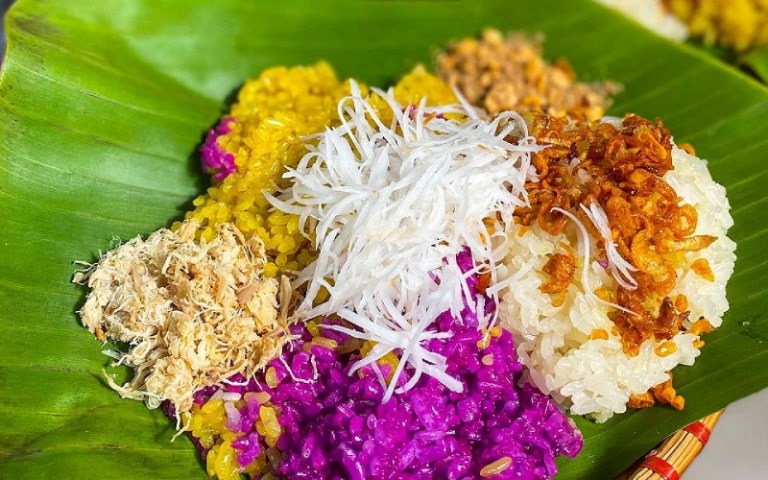
Recommended Tours for You:
The Unique Characteristics of Ha Giang Cuisine
Ha Giang’s food stands out for its freshness, rustic ingredients, and natural seasoning.
Due to its mountainous terrain and cool climate, the locals rely heavily on corn, buckwheat, herbs, and forest vegetables. Meat and spices are often preserved using traditional methods such as smoking or fermenting.
Unlike southern Vietnamese dishes, Ha Giang’s cuisine features less sweetness and more herbal notes, creating flavors that are bold yet balanced. Most importantly, every meal in Ha Giang tells a story - of the mountains, the people, and the culture that has remained unchanged for centuries.

Must-Try Dishes in Ha Giang
1. Thang Co – A Traditional Hmong Stew
One of the most famous dishes in Ha Giang, Thang Co is a traditional stew made from horse meat, herbs, and spices. Originally a festive dish of the Hmong people, it’s now a must-try for adventurous travelers. The broth is rich and aromatic, flavored with cardamom, cinnamon, and lemongrass.
You can find Thang Co at local markets such as Dong Van, Meo Vac, or Quan Ba, where locals gather every weekend to eat, drink, and celebrate.
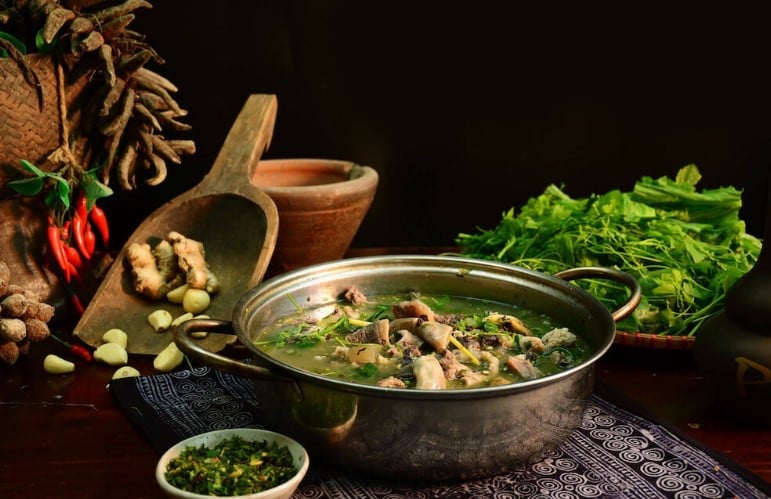
Au Tau Porridge – A Healing Dish for Cold Nights
Chao Au Tau (or bitter porridge) is a warm, nutritious dish made from Au Tau roots, glutinous rice, and pork. The roots are boiled carefully to remove toxins, creating a bitter yet delicious porridge believed to improve sleep and boost immunity.
It’s best enjoyed at night in Dong Van Old Quarter, where locals serve it steaming hot on chilly evenings.
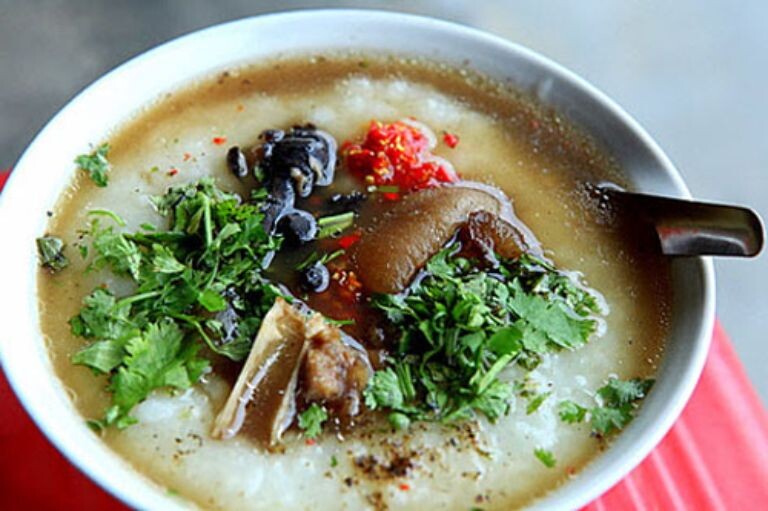
Buckwheat Cake – The Taste of Ha Giang’s Signature Flower
Every autumn, Ha Giang turns pink with blooming buckwheat flowers. From these flowers, locals create Banh Tam Giac Mach — a soft, nutty cake that perfectly represents Ha Giang cuisine.
The cakes are steamed and slightly chewy, with a gentle aroma that pairs beautifully with hot tea.
You can find them sold at roadside stalls during the buckwheat flower season (October–December).

Men Men – The Hmong Corn Dish
For the Hmong people, corn is life. Men Men is a simple yet symbolic dish made by grinding dried corn into fine flour, steaming it twice, and serving it with stir-fried vegetables or soup.
Though it sounds humble, Men Men reflects the resilience of mountain life — turning limited resources into a flavorful and hearty meal. It’s commonly eaten with pork bone soup or green mustard leaves.
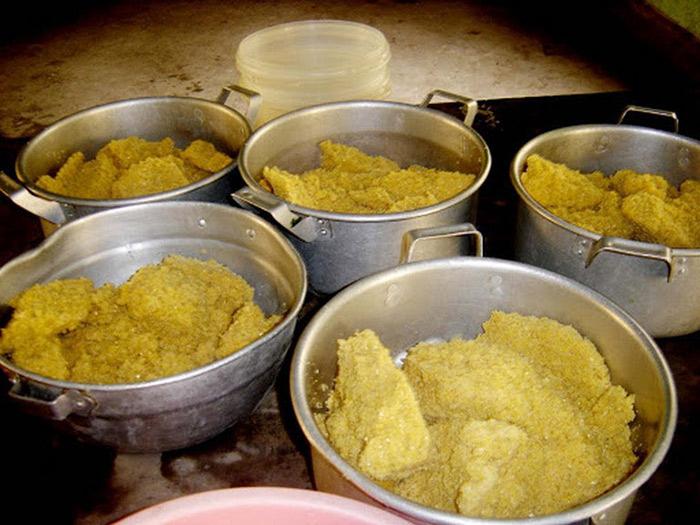
Smoked Buffalo Meat – A Highland Delicacy
Known locally as Thit Trau Gac Bep, smoked buffalo meat is one of Ha Giang’s most famous specialties.
Buffalo meat is marinated with salt, chili, and wild herbs, then smoked over firewood for days. The result is a chewy, smoky, and deeply savory flavor that can last for months.
It’s a perfect souvenir for travelers and goes wonderfully with a glass of corn wine.
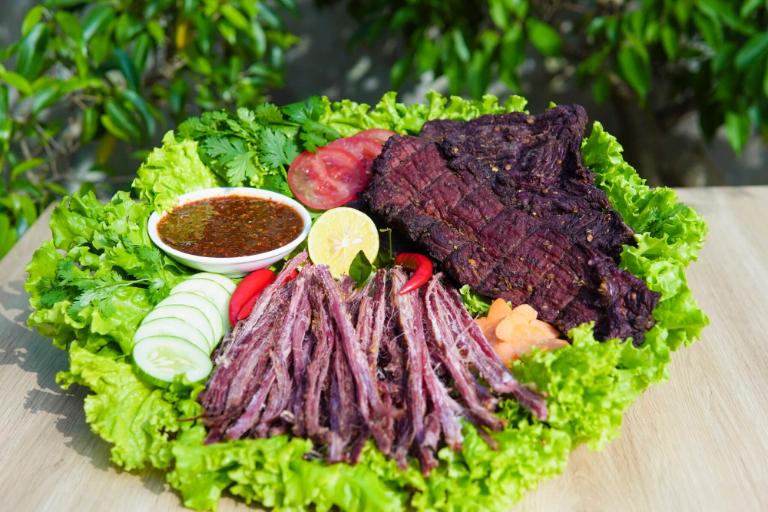
Five-Color Sticky Rice – The Beauty of Ethnic Traditions
This colorful dish, called Xoi Ngu Sac, is made by dyeing sticky rice with natural ingredients: purple from black rice leaves, yellow from turmeric, red from gac fruit, green from pandan, and white from plain rice.
It’s often served during festivals or ceremonies as a symbol of prosperity and happiness. The combination of colors and flavors makes it one of the most photogenic dishes in Ha Giang.

Ha Giang Corn Wine – The Spirit of the Mountains
No trip to Ha Giang is complete without tasting corn wine, the region’s traditional liquor.
Brewed from fermented corn and mountain spring water, it has a smooth, slightly sweet taste that warms you instantly.
Locals often say that sharing corn wine means sharing friendship — so don’t hesitate to raise a glass with your hosts during your journey!
Where to Eat in Ha Giang
Ha Giang’s food is best enjoyed at local markets, small eateries, or family-run homestays.
Some recommended spots include:
-
Dong Van Market: Famous for Thang Co, Men Men, and grilled skewers.
-
Meo Vac Night Market: Great for local snacks and barbecue dishes.
-
Ha Giang City: Offers a mix of traditional and modern Vietnamese restaurants.
-
Ethnic Homestays: In villages like Pa Vi, Thon Tha, and Lo Lo Chai, you can try authentic home-cooked meals made by local families.
For a complete travel and culinary experience, you can join guided trips with Ha Giang Loop Tours, which include cultural meals and local dining experiences along the route.
Tips for Enjoying Ha Giang Cuisine
-
Eat like a local: Visit morning or weekend markets where food is cooked fresh.
-
Be adventurous: Try regional dishes that you won’t find anywhere else in Vietnam.
-
Ask before taking photos: Especially in rural markets, always show respect.
-
Don’t rush: Meals in Ha Giang are meant to be enjoyed slowly, with stories shared over corn wine.
-
Buy local: Bring home smoked buffalo meat or buckwheat cake as authentic gifts.
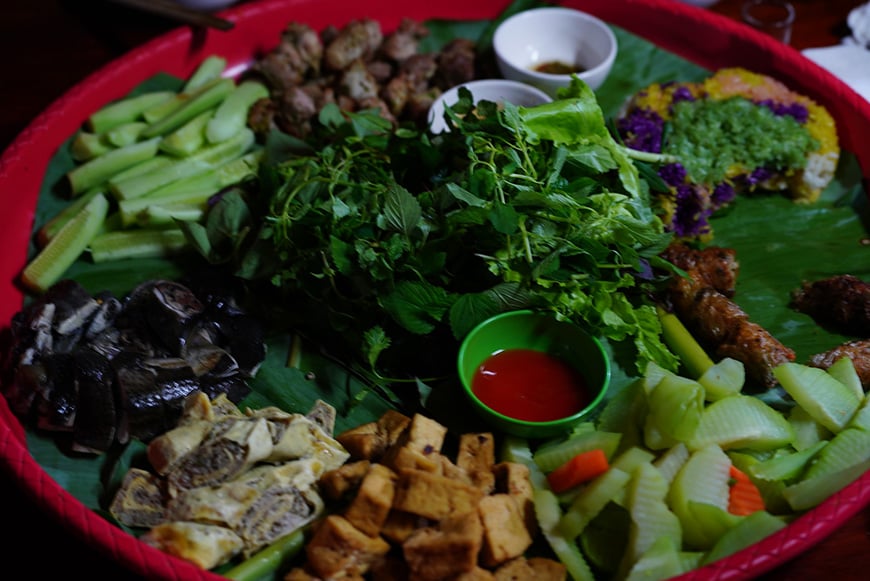
Conclusion
Ha Giang cuisine is more than just food - it’s a celebration of culture, nature, and community. Every dish, from a bowl of Au Tau porridge to a piece of smoked buffalo meat, carries the essence of the mountains and the heart of its people.
Exploring Ha Giang’s flavors will take you beyond the landscapes - into the soul of northern Vietnam itself. So when you travel the Ha Giang Loop, don’t just admire the views - taste them, too.
Plan your culinary adventure today with Ha Giang Loop Tours to experience the true taste of Vietnam’s highlands. For more details and personalized support, contact Thelooptours Hotline: +84329196074.



